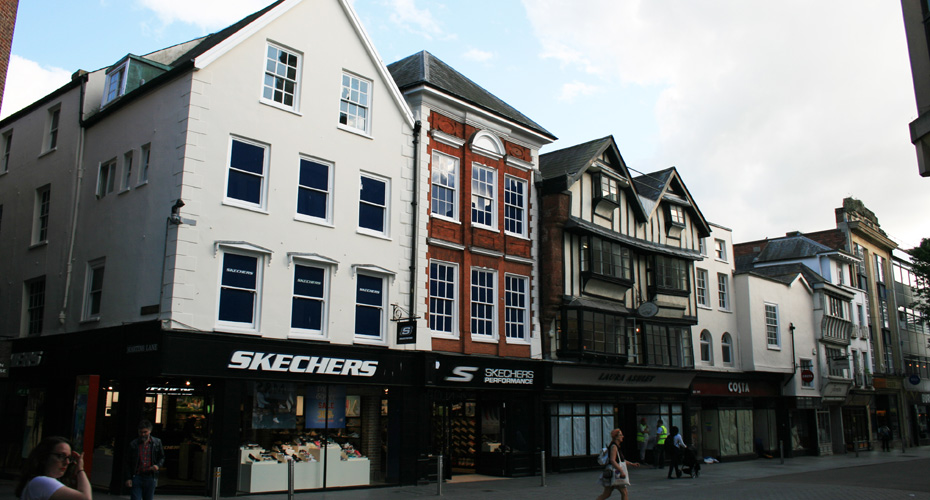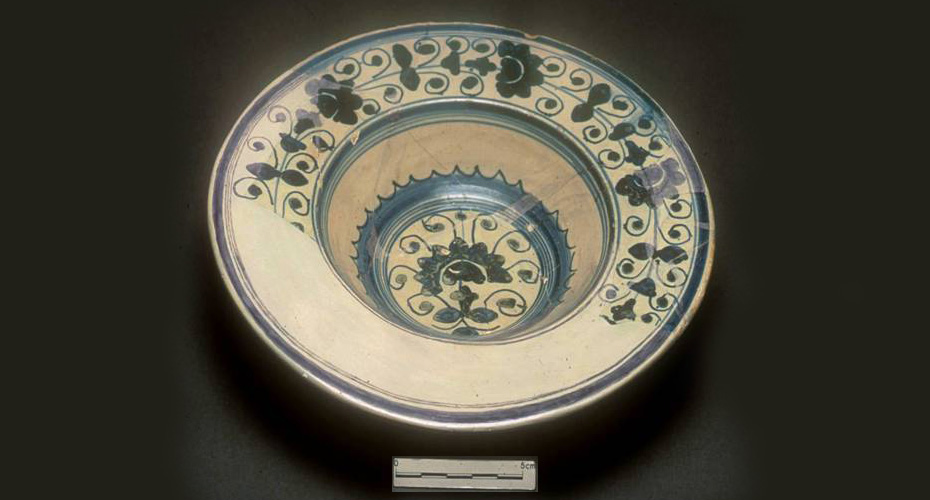Project introduction and collaborators
Project introduction and collaborators
Fluctuating fortunes
The relationship between town and country has played an important role in shaping British society for much of the past two millennia. Britain's assimilation into the Roman world led to the creation of a network of towns as centres of administration, trade, industry, and service provision, although the decline of Roman Britain led to the disappearance of urban life in most areas. It was only from around the 10th century that true towns once again re-emerged, and they have been integral to British life ever since. This project is examining the fluctuating fortunes of the most important town in SW England - Exeter - and how it interacted with its local, regional and international hinterland.
A brief history
Exeter began in the Conquest period (c.AD55) as a Roman legionary fortress, and following its abandonment (c.AD75) it was transformed into a town (civitas capital) serving the local region of Dumnonia. Unlike many other lowland areas, Dumnonia was slow to adopt aspects of Roman life, there being very few villas and other forms of Roman influence in the countryside. As such, this project is using Exeter as an example of the development of urbanism at the fringes of Romanised Britain. Although large parts of the town appear to have been abandoned in the early medieval period, a thread of continuity is indicated by radiocarbon-dated burials from the Cathedral Close. Urban life in Exeter resumed around the 10th century, and the town continued to flourish throughout the medieval period when it established extensive trading connections with Atlantic Europe.
Exeter's archaeological importance
Exeter's archaeological importance is two-fold: firstly, it is representative of urbanism in western Britain, well away from the political, social and economic centre of London, and secondly, there have been particularly extensive excavations the results of which have only partly been published. The 'Exeter: A Place in Time' project therefore aims to write up several of the key unpublished excavations, undertake a series of scientific analyses of previously excavated material (animal bones, pottery, and metallurgical debris) that shed light on how the city interacted with its hinterland, and a major programme of dendrochronological and radiocarbon dating. The result will the first ever synthesis of the archaeology of Exeter. Other outputs of the project will include two books and an academic conference presenting an analysis of Exeter's development and its relationship with its hinterland from the Roman period through to the 16th century, a conference session aimed at professional archaeologists that highlights this innovative partnership approach, a one-day workshop for the public, and enhancements to the city’s Historic Environment Record and the Royal Albert Memorial Museum's Making History gallery and online Time Trail.
The project is a collaboration between:
1. the Archaeology Department at University of Exeter
2. the Archaeology Department at University of Reading
3. Exeter City Council (who run the City's Historic Environment Record) and the Royal Albert Memorial Museum


